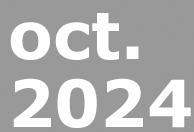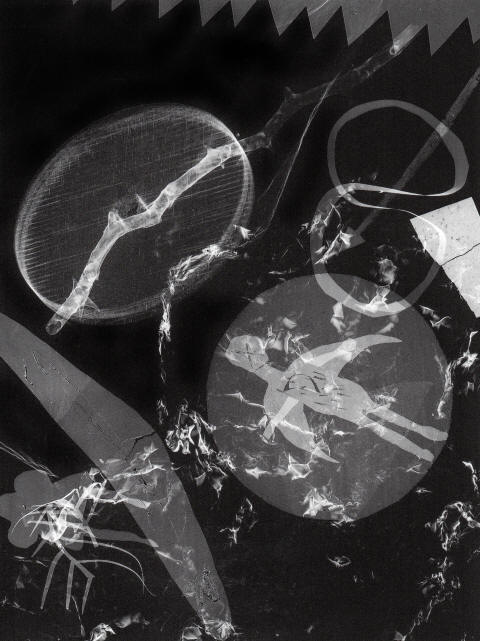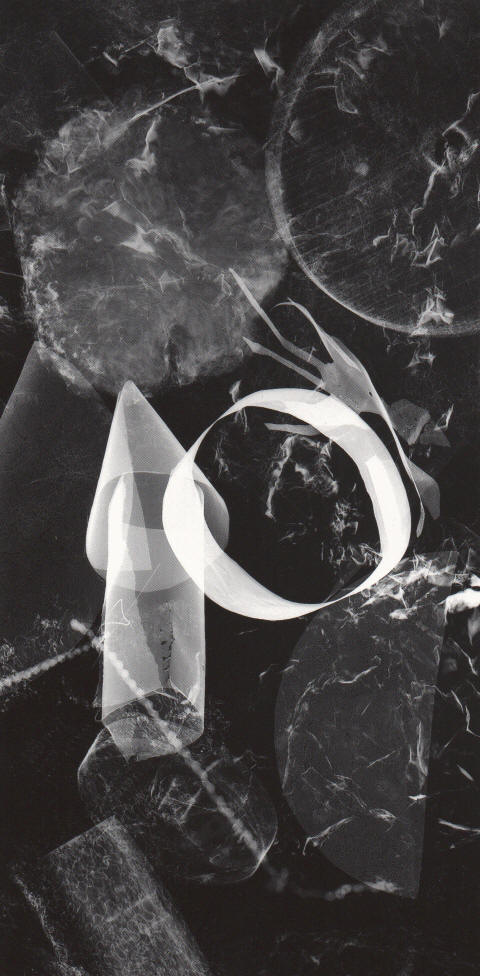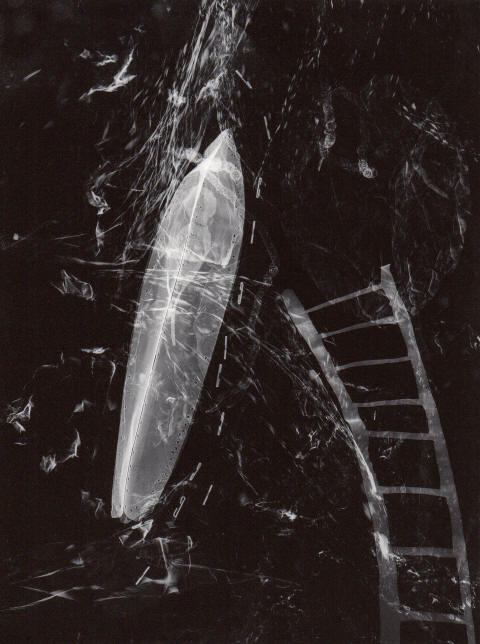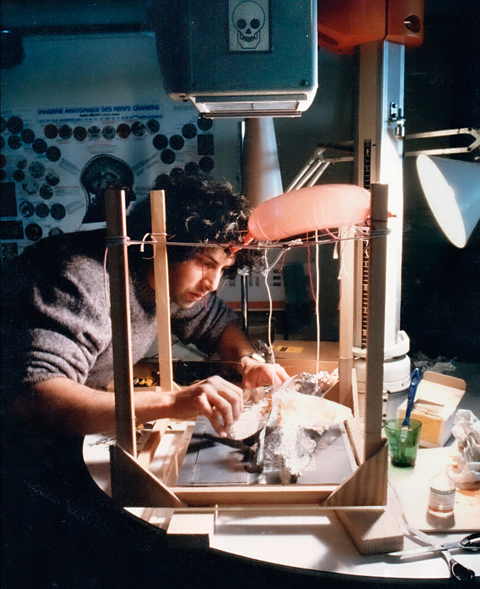|
|
|||||||||||||||||||||||||||
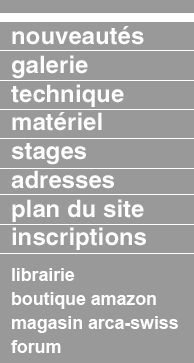
les auteurs
en français
Find the x-rays |
Henry LEWIS / Radiographs
Henry,
what would define your photographic work best: would you say that
you are a photographer of the body, of perception, or of the retina? Well I might say that over time, all of these aspects have interested me and cannot really be removed from the whole. The bodywork was a beginning for me and in retrospect; the body, torso and face were used, as a support. So what I was hoping to deal with was the juxtaposition between the support and the paraphernalia it carried for the photo and finally the effect these two made on the viewer. Naturally this was as diverse as the audience. The element of performance is important; photography of performance-performance of photography. The body and especially the face have always captivated me and I dare say almost every human as it is basically the first thing that is viewed as a new born infant. Our attention is instinctively attracted to this large round shape incorporating two smaller round shapes for the eyes and one below, for the mouth. Not surprisingly the portrait has always been an omnipresent subject in art, at least in most civilisations. With the attraction people have for this form, the head or torso became very powerful tools for me. Whatever is done with this subject matter can take on an importance and even alternatively when the subject is shown in a neutral or unadorned manner, the resulting photographs continue to convey their silent dialogue. “These Photo-Works are the results of ‘opening the sluice’, allowing a streaming of unconscious symbolisms from which the creative process draws inspiration and develops images and forms. This process cannot be clarified and must remain mysterious or of a dreamtime.” The body was gradually abandoned in LVNA PROXIMA
where the support was replaced by paper, drawings and miscellaneous
materials etc., becoming depersonalised and less objectivised. Here
the perception was mental, as opposed to physical. Later in another
series called Circles, there is an association or interconnection
between space and the physical body. The question is how this space
is perceived by the mind’s eye. There is no longer a real subject, I
am interested in whether the viewer is observing the photograph/photogram
or is the work looking at the viewer. This notion seems to crop up
often in some of my series, again recently in the series Burning. So
in reality my work is not the photography of the body or the moon or
the skies but what one becomes conscious of, when looking at these
subjects in the prints.
When
was
this
series
of
x-rays
taken?
Quand
cette
série
de
radiographies
a-t-elle
été
prise ?
When
was
this
series
of
x-rays
performed?
Quand
cette
série
de
radiographies
a-t-elle
été
réalisée
?
Impossible
de
charger
les
résultats
complets
Réessayer
Nouvel essai…
Nouvel essai…
The radiologic work happened when Christian Caujolle introduced me to a medical student in radiology, Philippe Demange in Arles around 1985. At that time I was still finalising the body photographs and starting to work on other subjects. Philippe prompted me to do x-ray art photography. I was intrigued and met with him one evening in Paris and he smuggled me into the Salpêtrière hospital where we did a few trial images. We continued a few times at other hospitals but the chance of perfecting the technique seemed elusive, apart from the fact that I didn’t really know what I wanted to do artistically with that technique. A couple of years latter I met Professor Georges Salomon, a professor in neurology at the Hôpital de la Timone and a director of the friends of the museums of Marseille. At the time I had an exhibition called LVNA PROXIMA at the Centre de la Vieille Charité and somehow I managed to convince him to lend me an unused radiology laboratory in the national medical research facility (INSERM) with a fantastic old X-ray machine and darkroom. Kodak gave me a few thousand 25x30cm films so there really started my radiographic apprenticeship. I was also fortunate as to even have access to a technician who really helped me work out a great deal of necessary technique. As it turned out, the technique is not so distant from visual light photography but it took quite a while to grasp the rudiments. At the time I lived 100km away from Marseille and I would make a trip every week and work in the underground laboratory for the day. This lasted for a couple years and I was able to create a large number of radiographs. These were shown in various supports like the Light Frames in Marseille through a commission from the Fonds national d'art contemporain with Tom Drahos, Alain Fleisher and Pascal Kern at the Charité, but in Paris, Barcelona and further afield.
Would
you
say
that
it
is
the
cosmological
aspect
of
radiographic
technique
that
appeals
to
you?
Diriez-vous
que
c'est
l'aspect
cosmologique
de
la
technique
radiographique
qui
vous
interpelle
?
Would
you
say
that
it
is
the
cosmological
aspect
of
the
radiographic
technique
that
attracts
you?
Diriez-vous
que
c'est
l'aspect
cosmologique
de
la
technique
radiographique
qui
vous
attire
?
Impossible
de
charger
les
résultats
complets
Réessayer
Nouvel essai…
Nouvel essai…
What
is
your
position
in
relation
to
beauty
in
art?
Quelle
est
votre
position
par
rapport
à la
beauté
dans
l'art
?
What
is
your
position
regarding
beauty
in
art?
Quelle
est
votre
position
vis-à-vis
de
la
beauté
dans
l'art
?
Impossible
de
charger
les
résultats
complets
Réessayer
Nouvel essai…
Nouvel essai…
I don’t think of beauty as something you consciously research in an active way in making art. It’s a state of mind and might appear or not depending one ones introspective mindset. I think there are so many forms of beauty appearing in art, and what one person perceives as beautiful may be a horror for someone else, there are so many examples of this obvious circumstance. In fact some can develop over time, at first approach one might be chocked by a work of art and the element of beauty only then appears once the first stage of feelings has been absorbed or evaluated in your perception, for example, The Disasters of War by Goya or The Raft of the Medusa of Géricault. I personally think that beauty naturally has its place as well as ugliness or horribleness does and of course all the greys between. Maybe beauty would not exist if its opposite didn’t. In as much as light needs dark to exist.
dernière modification de cet article : 2021
|
||||||||||||||||||||||||||
|
|||||||||||||||||||||||||||

